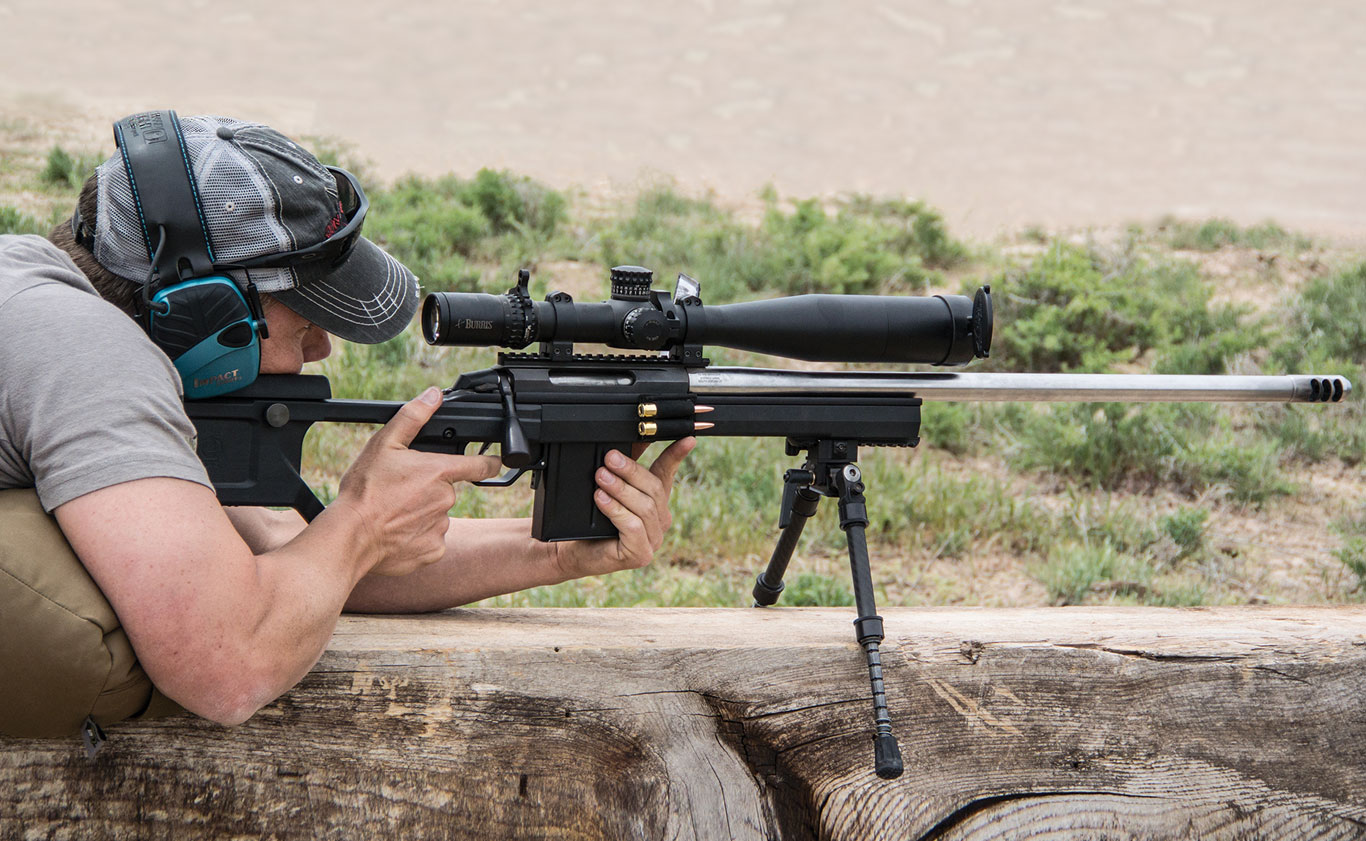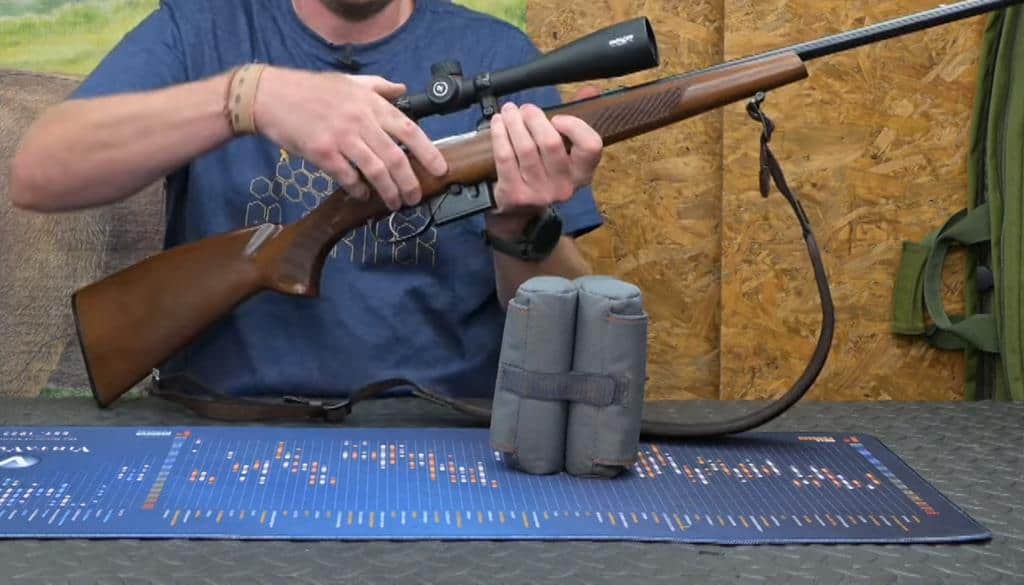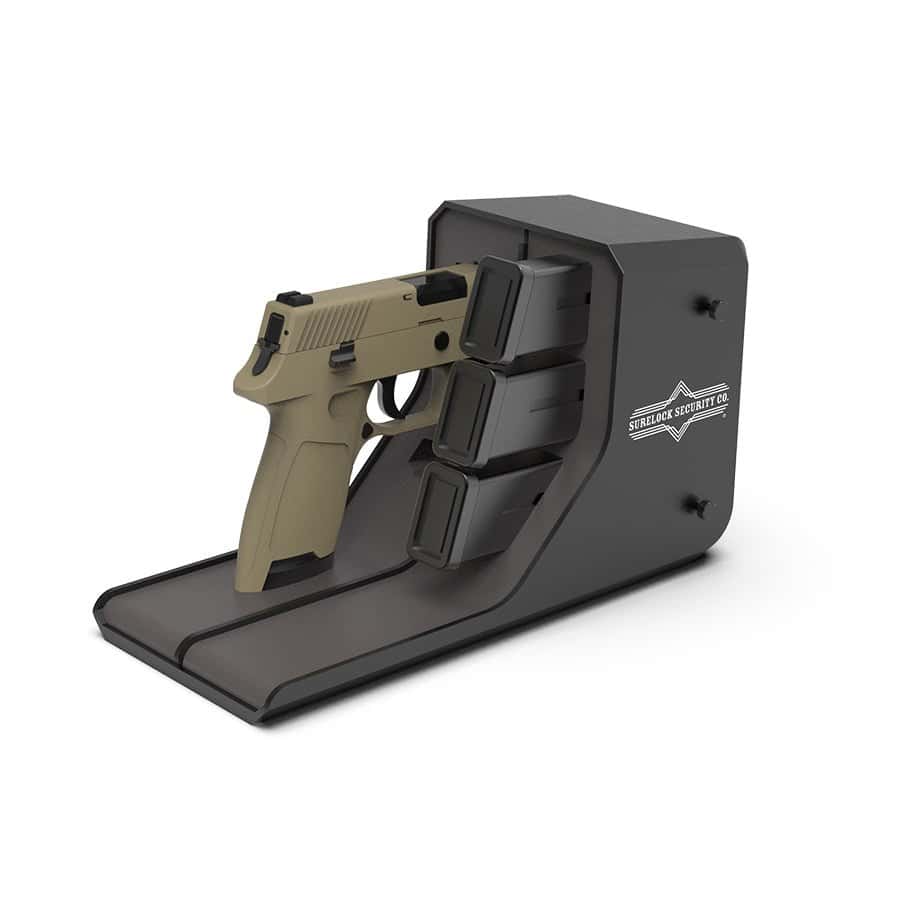Clean your .223 rifle after every day of shooting or at least every 250 rounds. Regular maintenance ensures optimal performance and longevity.
Owning a. 223 rifle comes with the responsibility of keeping it in top condition. Proper cleaning is not just about weapon maintenance; it’s also a matter of safety and accuracy. Over time, residue from gunpowder, debris, and lubrication can build up, potentially affecting the rifle’s functionality.
A well-maintained. 223 rifle will offer reliable performance during hunting trips or at the range. Enthusiasts know that a thorough cleaning routine extends the life of their firearm and maintains its value. For those passionate about shooting, creating a habit of regular rifle hygiene after use will support their sport and safeguard their investment. Remember, discipline in maintenance is as important as discipline in shooting.

Credit: www.rifleshootermag.com
The Importance Of Cleaning Your 223 Rifle
Cleaning your 223 rifle is crucial for its performance and longevity.
Regular maintenance ensures accuracy, safety, and reliable functionality.
Without proper care, your rifle may face wear and tear or even malfunction.
Factors That Impact Cleaning Frequency
- Amount of use: More shooting means more residue, leading to more frequent cleaning needs.
- Type of ammunition: Different powders and primers can affect residue buildup.
- Environmental conditions: Humidity, dust, and temperature can all prompt different cleaning schedules.
- Storage practices: Keep your rifle in a dry, clean space to reduce cleaning frequency.
Consequences Of Neglecting Cleaning
| Consequence | Details |
|---|---|
| Decreased accuracy | Buildup in the barrel can lead to inconsistent bullet trajectories. |
| Wear and tear | Grime and residues can accelerate the wear of moving parts. |
| Reliability issues | A dirty rifle is more likely to jam or misfire. |
| Reduced lifespan | Corrosion and rust from neglect can irreparably damage your rifle. |
Clean your rifle after each use, especially if you notice performance drops.
Follow manufacturer guidelines and adjust your cleaning schedule based on individual use and conditions.
Determining Cleaning Frequency For Your 223 Rifle
Proper maintenance is crucial to keep a .223 rifle accurate and reliable. Understanding how often to clean your firearm depends on various factors. Let’s explore them to ensure your rifle remains in top condition.
Assessing Usage Patterns
Frequency of use significantly affects cleaning schedules. Note the number of rounds fired:
- High-volume shooters who fire hundreds of rounds between sessions may need to clean after every use.
- Occasional shooters might opt for cleaning after a couple of trips to the range.
Record your shooting activity in a log to keep track.
The Role Of Shooting Environments
Your environment plays a key role. Consider:
| Environment | Impact | Required Action |
|---|---|---|
| Dusty or sandy areas | Can clog the rifle’s moving parts. | Clean more frequently. |
| Wet or humid | May cause rust and corrosion. | Apply preventative measures post-use. |
| Controlled indoors | Less debris and moisture exposure. | Clean less often. |
Assess the cleanliness of your rifle after different environments to help determine a routine that works for you.
Best Practices In Rifle Cleaning
Cleaning a .223 rifle is crucial for maintaining accuracy, safety, and longevity. Whether a seasoned shooter or a beginner, understanding the right frequency and methods for cleaning will enhance your rifle’s performance. It’s not just about how often, but also about how well you clean.
Materials Needed For Effective Cleaning
Before starting, gather these essentials:
- Bore brush – matches your rifle caliber
- Cleaning rod – suited for rifle barrel length
- Cleaning solvent – designed for firearms
- Patches – specific to your caliber size
- Lubricating oil – for smooth operation
- Cleaning jag or loop – to hold patches
- Microfiber cloth – for external wipe down
- Nylon brush – to scrub off residue
Step-by-step Cleaning Process
Follow this simple process to ensure your .223 rifle is clean:
- Unload your rifle. Safety first – check that it’s clear.
- Dismantle your rifle as the manufacturer recommends.
- Use the bore brush for initial scrubbing of the barrel.
- Apply cleaning solvent and let it sit for a few minutes.
- Run patches through the barrel with a cleaning rod until clean.
- Clean the action with a nylon brush and solvent.
- Reapply lubricating oil to necessary parts of the rifle.
- Reassemble the rifle and perform a final wipe down.
- Confirm functionality by safely dry firing.
Regular maintenance keeps your rifle in top condition. Shooters should lean towards cleaning every time they fire. Dust, debris, and residues compromise your rifle’s performance. A well-maintained .223 rifle is a reliable companion for any marksman.

Credit: www.amazon.com
Advanced Cleaning Techniques
Comprehensive firearm maintenance demands specific techniques to ensure peak performance. From casual range visitors to competitive marksmen, understanding how to properly cleanse your .223 rifle will extend its lifespan and enhance accuracy. Within these advanced cleaning protocols, specialized attention to the barrel and action components is essential for immaculate upkeep.
Addressing Barrel Fouling
Properly cleaning a rifle barrel is crucial for maintaining precision. Lead, copper, and carbon buildups can significantly detract from accuracy.
- Use bore solvent: Apply solvent specifically designed to dissolve fouling without damaging the barrel.
- Employ a bore brush: Scrub the inside of the barrel with a quality bore brush to break loose stubborn deposits.
- Patch it out: After brushing, run cleaning patches through the barrel until they come out clean, indicating a debris-free barrel.
- Visual inspection: Inspect the rifling and barrel interior with a bore light to ensure thorough cleaning.
Maintaining Action And Trigger Assembly
A smooth, reliable trigger pull and action cycle are the signatures of a well-maintained firearm.
- Disassemble with care: Follow your rifle’s manual for safe disassembly, accessing the action and trigger for cleaning.
- Apply cleaner and lubricant: Use products suited for these delicate parts, focusing on areas of metal-to-metal contact.
- Wipe down surfaces: Clean all accessible surfaces with a lint-free cloth, removing grime and excess lubricant.
- Reassemble correctly: Ensure each component is reassembled properly for optimal function and safety.
Storage And Maintenance Post-cleaning
Caring for your .223 rifle doesn’t end after a thorough clean. To ensure it functions flawlessly for years to come, proper storage and regular maintenance are crucial. This section dives into the best practices for keeping your rifle in top condition once it’s spotless.
Proper Storage Solutions
Storing your .223 rifle correctly is essential to safeguard it from elements that could cause damage. An ideal storage area is cool, dry, and away from direct sunlight which could fade finishes and damage wooden stocks.
- Gun Safes: A dehumidifier within can combat moisture.
- Rack Storage: Ensures air circulation and prevents crowding.
- Gun Cases: Choose ones with padding and moisture control.
Remember to lock your gun away safely. It keeps it out of reach from others and ensures compliance with safety laws.
Regular Maintenance Schedule
| Frequency | Maintenance Task |
|---|---|
| After each use | Wipe down external surfaces |
| Monthly | Perform a visual inspection |
| Every 3-6 months | Clean and lubricate action |
| Annually | Deep clean and inspect all components |
Always check the manufacturer’s recommendations for specific maintenance intervals. Keep a log of cleaning and maintenance activities for future reference. It helps track your rifle’s care and pinpoint any recurrent issues.

Credit: www.army.mil
Troubleshooting Common Cleaning Challenges
Cleaning your .223 rifle keeps it accurate and reliable. Regular maintenance is vital, but what about when you hit a snag? Troubleshooting common cleaning challenges can make all the difference in maintaining your firearm’s performance and longevity.
Dealing With Stubborn Residue
Residue buildup can affect your rifle’s accuracy. If you’re facing tough deposits, try these steps:
- Use a bore brush to loosen hardened fouling.
- Apply solvent designed for .223 rifles; let it soak if needed.
- Use a cleaning rod gently to avoid damage.
- Clean until patches come out clean and residue-free.
Avoiding Damage During Cleaning
Cleaning your rifle also means caring for its parts. Follow these tips to prevent damage:
- Select the correct brush size for a safe, snug fit.
- Clean from the chamber end to protect the muzzle.
- Use rods and tools that won’t scratch the barrel’s interior.
- Don’t overapply solvent; it can damage wood and synthetics.
Frequently Asked Questions Of How Often Should You Clean A 223 Rifle
How Often Should You Clean A 223?
Clean a. 223 rifle after every use to maintain accuracy and longevity. At minimum, perform a thorough cleaning every 250-300 rounds to prevent buildup and ensure safe operation.
Do I Need To Clean My Rifle After Every Use?
Yes, cleaning your rifle after every use is advisable to maintain accuracy and longevity. Regular maintenance prevents buildup and corrosion.
How Often Should You Clean An Ar 15?
Clean your AR 15 after every use to ensure reliability and longevity, and carry out a thorough cleaning every 250 to 300 rounds fired.
How Long Can A Rifle Go Without Being Cleaned?
A rifle can typically go for several hundred shots without cleaning, but this varies based on usage and environment. Regular maintenance after each use is recommended for optimal performance and longevity.
Conclusion
Maintaining a 223 rifle at its performance peak means regular cleanings. After every use, a brief clean safeguards precision. For extensive cleaning, follow a monthly schedule or adjust per usage. Embrace this routine to ensure your 223 remains reliable, accurate, and in top condition for every shooting adventure.
Related Post:
7 Best Rifle Safes For Home ( Reviews & Buying Guide )
Can Biometric Safes Be Hacked? Unveiling the Truth
How To Move A Heavy Gun Safe Up Stairs? Expert Tips!



